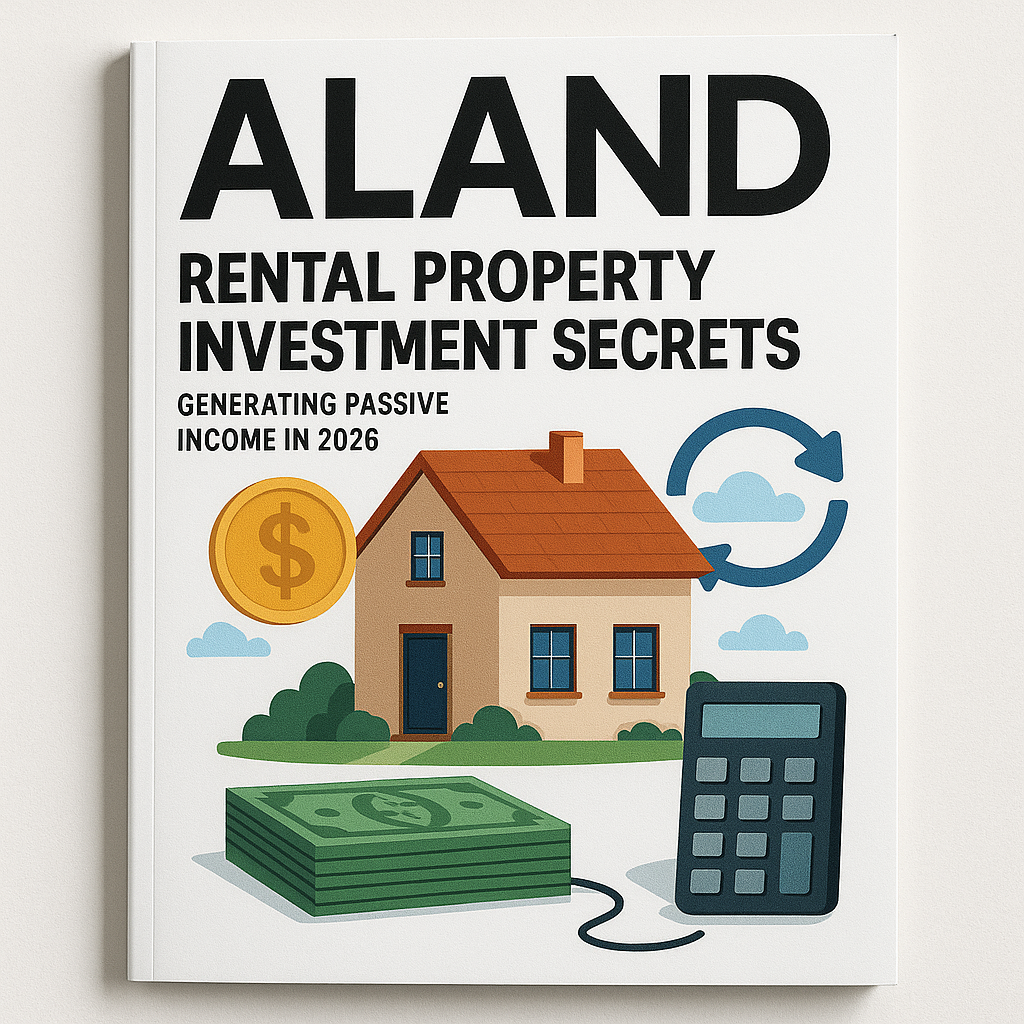Rental Property Investment Secrets: Generating Passive Income in 2025
- Published Date: 6th May, 2025
-
5★ ★ ★ ★ ★(165)

Rental property investment is evolving rapidly as we enter 2025, with changing market dynamics, economic shifts, and technological advances. In today’s landscape, investors must stay ahead of trends to capitalize on opportunities that generate sustained passive income. Dr. Pooyan Ghamari, a Swiss Economist and founder of ALand, shares actionable insights on how to leverage real estate for long-term profitability, exploring critical economic factors, emerging technologies, and innovative strategies to achieve consistent cash flow.
Economic Insights: The Market Conditions for 2025
2025 presents a unique set of opportunities for rental property investors. As global markets adapt to the post-pandemic economic landscape, real estate is positioned as a solid asset class for steady returns. However, the key to success lies in understanding how macroeconomic signals influence rental demand, property values, and investor confidence. A combination of low-interest rates, urban migration trends, and the growing shift to remote work is reshaping the demand for residential and commercial properties. These trends favor investors who can identify undervalued markets with the potential for growth.
Dr. Pooyan Ghamari’s Perspective on Real Estate in 2025
Dr. Ghamari, known for his expertise in global economics and financial innovation, emphasizes that the key to successful rental property investment is a blend of strategic foresight and technological adoption. “Investors need to stay on top of global economic trends and harness digital tools to enhance property valuation, streamline management, and maximize returns,” says Dr. Ghamari. In particular, he highlights the role of emerging technologies such as AI-driven property valuation tools and blockchain-based property transactions, which are making property investments more transparent and efficient.
Strategic Insights: Optimizing Passive Income Streams
To maximize passive income from rental properties in 2025, investors should focus on the following strategies:
-
Diversification Across Markets: The rise of global alliances, cross-border investments, and immigration policies presents an opportunity to expand beyond traditional real estate markets. International markets such as Southeast Asia and Europe are experiencing growth in rental demand, especially in cities that attract expats and digital nomads. By diversifying portfolios across these markets, investors can balance risks and enhance their income potential.
-
Tokenization of Real Estate: Tokenization, the process of converting real estate into digital assets, is opening new doors for fractional investment. This innovation allows investors to buy and sell shares of rental properties, making it easier to enter the market with lower capital. The ALand Platform is at the forefront of this transformation, offering real estate-backed tokens that provide liquidity and flexibility for investors seeking to diversify their portfolios.
-
Sustainability and Social Responsibility: In 2025, social responsibility continues to be a significant driver of consumer loyalty and brand perception. Dr. Ghamari notes that cause-related marketing and sustainability initiatives are not just buzzwords—they are key drivers of value creation. Properties that implement green technologies, energy-efficient systems, or eco-friendly practices are more attractive to tenants and investors alike. This trend aligns with a growing demand for sustainable living and can increase property values and rental yields.
-
Digital Transformation and Real Estate Management: Investors should embrace digital tools to streamline property management, enhance tenant satisfaction, and reduce operational costs. Platforms like ALand’s real estate management software are invaluable for automating processes such as lease management, rent collection, and maintenance requests. Additionally, data analytics can help investors predict rental price trends, improving their ability to optimize rental income.
Key Takeaways for Investors
-
Leverage Digital Technologies: Use AI, blockchain, and real estate platforms to enhance transparency, reduce costs, and improve operational efficiency.
-
Invest in High-Growth, Sustainable Markets: Identify emerging markets with high rental demand and growth potential.
-
Diversify Portfolios Globally: Explore international markets and emerging regions to enhance risk-adjusted returns.
-
Adopt Sustainability Practices: Implement energy-efficient and eco-friendly features in properties to appeal to socially conscious tenants and investors.

